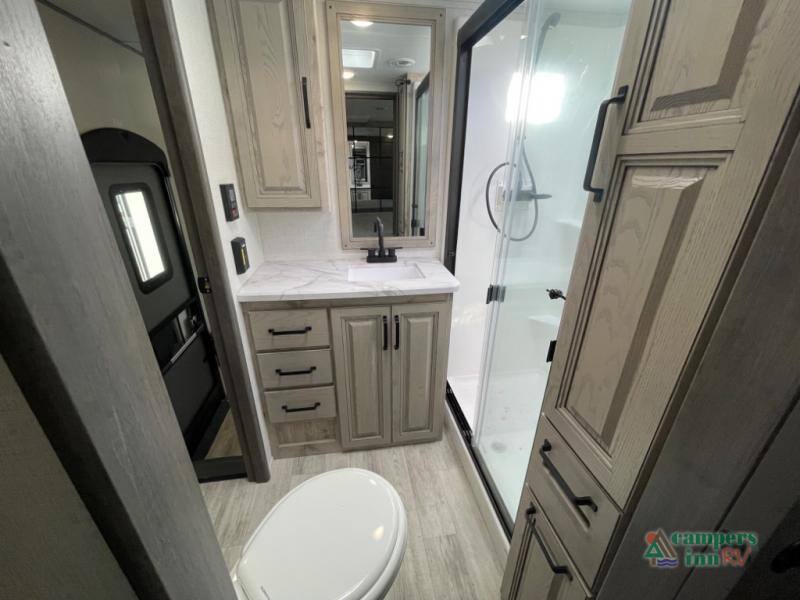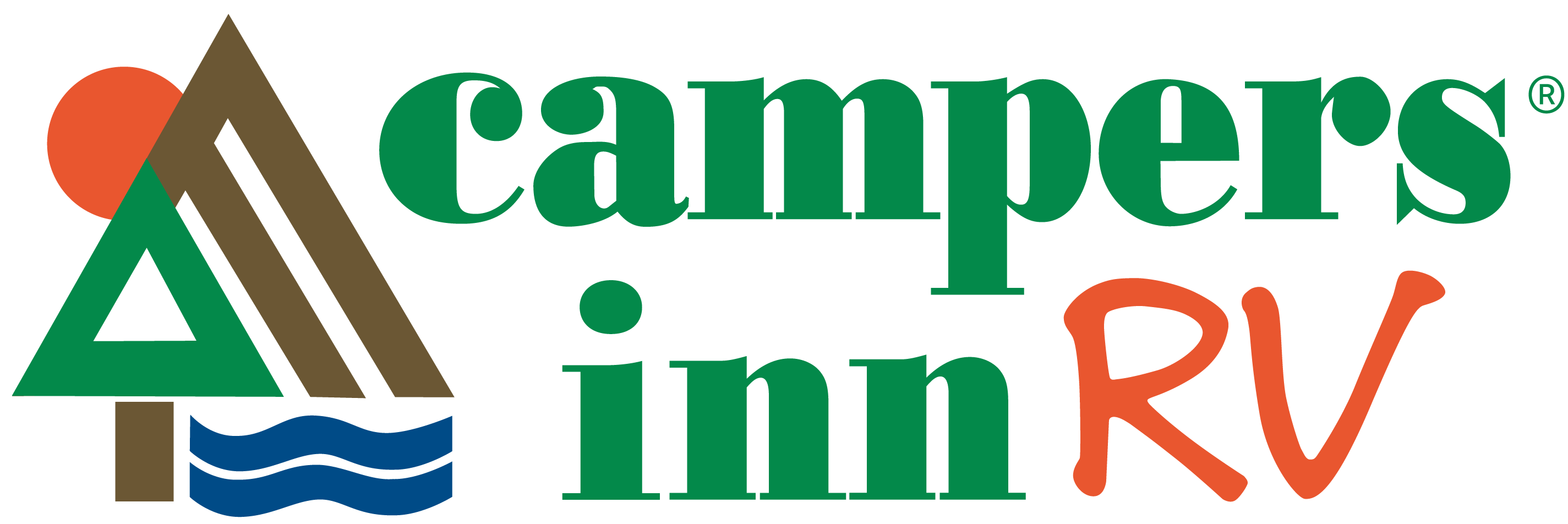
As the RVer's trusted resource, this your ultimate destination for all things RV-related. In this guide, we’ll dive into everything you need to know about RV toilets. Whether you're a seasoned RVer or just starting your camping journey, understanding your RV toilet is crucial for a comfortable and odor-free experience.
We’ll explore the various types of RV toilets, how to operate them correctly, and provide a step-by-step installation guide. We'll equip you with the knowledge to make informed decisions about your RV toilet needs.
Types of RV Toilets
There are several types of RV toilets to choose from, each with unique features and benefits. In this section, we will provide an overview of the different types, discuss the pros and cons of each, and help you choose the right one for your needs.

1. Gravity Flush Toilets: These are the most common type of RV toilets. They use gravity to flush waste into a holding tank. Gravity flush toilets are simple to use and require less water compared to other types. However, they may be prone to clogs if not maintained properly.
2. Macerating Toilets: Macerating toilets use a built-in macerator to grind waste into a fine slurry before pumping it into the holding tank. This type of toilet is ideal for RVs with limited space as it allows for flexible installation. However, macerating toilets may require more maintenance and can be noisier than other types.
3. Composting Toilets: Composting toilets are an eco-friendly option that uses little to no water. They separate liquid and solid waste, and the solid waste is converted into compost over time. Composting toilets are odorless and require minimal maintenance. However, they may not be suitable for all RV owners due to the space required for installation and the need for regular emptying of the compost bin.
4. Cassette Toilets: Cassette toilets have a removable waste tank that can be easily emptied. They are compact and lightweight, making them suitable for smaller RVs. Cassette toilets offer flexibility in terms of installation and waste disposal. However, the smaller waste tank capacity may require more frequent emptying.
When choosing the right RV toilet, consider factors such as your RV's size, water usage preferences, maintenance requirements, and space limitations. It’s important to find a toilet that fits your specific needs and ensures a comfortable and convenient experience on the road.
Proper RV Toilet Operation
Understanding the basic functionality of an RV toilet is essential for a smooth and hassle-free camping experience. Knowing how to operate your RV toilet correctly can save you from potential problems down the road.
An RV toilet functions similarly to a traditional household toilet but with some key differences. It consists of a bowl, a flushing mechanism, and a waste holding tank.

Proper maintenance and cleaning are crucial to keep your RV toilet in good working condition. Regularly emptying and cleaning the waste holding tank is essential to prevent odors and blockages. Use RV-specific toilet paper to avoid clogging the system and consider using RV-safe cleaning products to prevent damage to the toilet components.
If you experience a clog, try using a plunger specifically designed for RV toilets to avoid damaging the system. Leaks can occur due to worn-out seals or faulty connections, so make sure to inspect and replace any damaged parts.
Keeping Your RV Odorless
No one wants a stinky toilet in their RV, here are some simple things you can do to keep your RV toilet odorless.
Porta-Pak Commercial Holding Tank Deodorizer Drop-Ins are easy to use and an inexpensive option to keep your toilet smelling fresh. By dropping one of the pre-portioned packs into your toilet, you not only deodorize it, it also breaks down waste and toilet paper.


Bio-Active Holding Tank Treatment breaks down and liquefies waste. The treatment prevents clogging and keeps the valves and seals lubricated. This black tank cleaner also prevents backups and overflows.

Using RV toilet paper is also essential to keeping your RV running smoothly. Camco Two Ply RV Toilet Tissue is a great option because it is formulated specifically for RVs. It is clog resistant, fast dissolving and biodegradable it is also safe for your RV's septic tank.

These products and much more can be found at any of our part & accessories stores.
RV Toilet Installation Guide
Installing an RV toilet can be a straightforward process if you follow these step-by-step instructions. Whether you're replacing an old toilet or installing a new one, here's what you need to know:
Tips for a Successful Installation:
- Read the manufacturer’s instructions carefully before starting the installation.
- Take your time and ensure that all connections are tight and secure.
- Use a level to make sure the toilet is properly aligned and sits evenly on the floor.
- Test the toilet for proper flushing and check for any leaks before using it.
Tools and Materials Needed:
- Adjustable wrench
- Screwdriver
- Wax ring
- Nuts or bolts
By following these steps and tips, you'll be able to install your RV toilet with confidence and enjoy a reliable and functional bathroom facility in your camper.
If this seems out of your wheelhouse, you can bring your RV to any of our locations and our service department and let the professionals give you peace of mind. Our full-service RV dealership offers our customers complete RV service and maintenance capabilities performed by certified RVDA-RVIA technicians.



